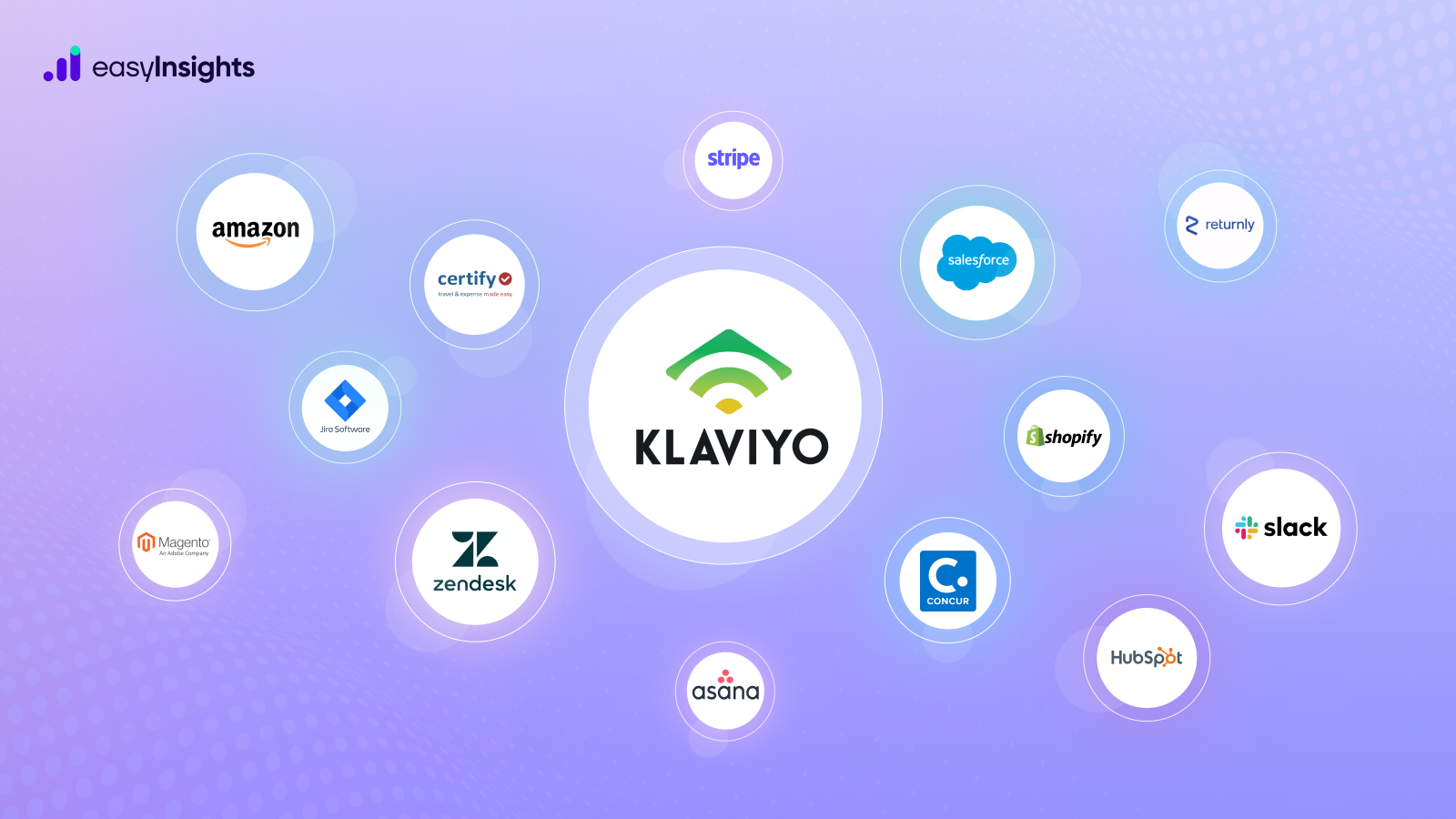
With so many metrics being thrown around in the world of e-commerce, it’s hard to know exactly what you should be tracking.
You can measure your success based on the number of visitors you get each month, or you may focus on sales. While both might be important metrics, there are many other things you should track to make sure you’re on the right track.
There are many reasons for the financial value of the metrics analysis. For example, it influences credibility and the business’s profitability. In this article, let us look at the most significant Shopify metrics store owners should monitor regularly.
Jump ahead to:
Top Shopify Performance Metrics You Should Be Tracking
1. Website Traffic
This metric measures how many new people or “visitors” come to your website over time. The number of visitors that your site receives is a direct measure of the effectiveness of your marketing strategy and reflects the quality of your campaign and approach.
Suppose you notice an unexpected drop-off in “new users” several days after launching a new marketing campaign. In that case, it might show either a problem with your campaign or some other outside influence (e.g., Google changes its algorithms, penalties or SERP layout changes).
2. Bounce Rate
Bounce rate is a Shopify metric that depicts the number of people that left your site immediately without interacting. Nothing makes customers click off a site faster than slow loading speeds.
A great way to improve overall bounce rates and keep your customers engaged is by using pop-up ads that offer discounts or are relevant to your homepage.
3. First Time Purchases
First-time purchase is a critical metric to track as it’s a good indicator of your overall conversion rates. It’s a good metric to understand the business acquisitions and cost per acquisition.
Tracking your first-time purchase rate will tell you your most valuable traffic sources, what marketing channels are working for you, and what needs to be tweaked or removed.
4. Repeat Purchases
One of the most critical business goals is to encourage repeat purchases. Repeat purchases allow you to build a relationship with them.
One of the best ways to do this is with a loyalty program. But even if you don’t have a loyalty program in place, you can encourage repeat purchases with social media marketing, email marketing, and other strategies.
5. Cart Abandonment
Window shopping is one of the main reasons for cart abandonment. It’s why the average cart abandonment rate is so high: an alarming 59.22%. The best way to make sure that customers don’t abandon their carts at checkout is by creating a frictionless checkout experience by keeping it flow short and precise.
6. Returns
Ecommerce businesses will probably face return rates, so it’s important to understand how to reduce them. One reason for returns is that customers do not understand how the product will work.
Use detailed descriptions on your product pages to ensure that every customer knows what they’re purchasing in advance, and communicate any potential limitations before making a final sale.
7. Average Order Value (AOV)
Average order value allows you to measure the average worth of a customer’s order. This is particularly helpful when you’re trying to optimise your store. If you find that the average order value is up, you know that you can raise prices on your products without scaring away customers.
8. Most Sold SKU
Stock keeping units (SKUs) are various product identifiers used by businesses to identify and keep track of items that are being sold. For example, if you were running a t-shirt shop, you might have three different t-shirts available for sale. Each of these t-shirts would have a different SKU.
Track each SKU separately because you have to pay different prices for each of them, have different shipping costs, and have a different selling price.
9. Least Sold SKU
The least sold SKUs are the hidden treasures of your inventory – they are the SKUs sitting on the shelf and collecting dust.
These are the products that sell the least. Possibly the product is overstocked, and there’s no more demand for it. Whatever the reason, it’s better to identify them and take action to improve your sales.
Parting Advice
By tracking these Shopify metrics, you can tell if you’re making the most of your time or if you should change your strategy.
When you begin, start by finding out where your business stands by collecting metrics from the most important sources. Use EasyInsights to get metrics from multiple data points and online tools (like Excel sheets) in one place. Understand where you stand as a company and proceed accordingly with any necessary improvements.








